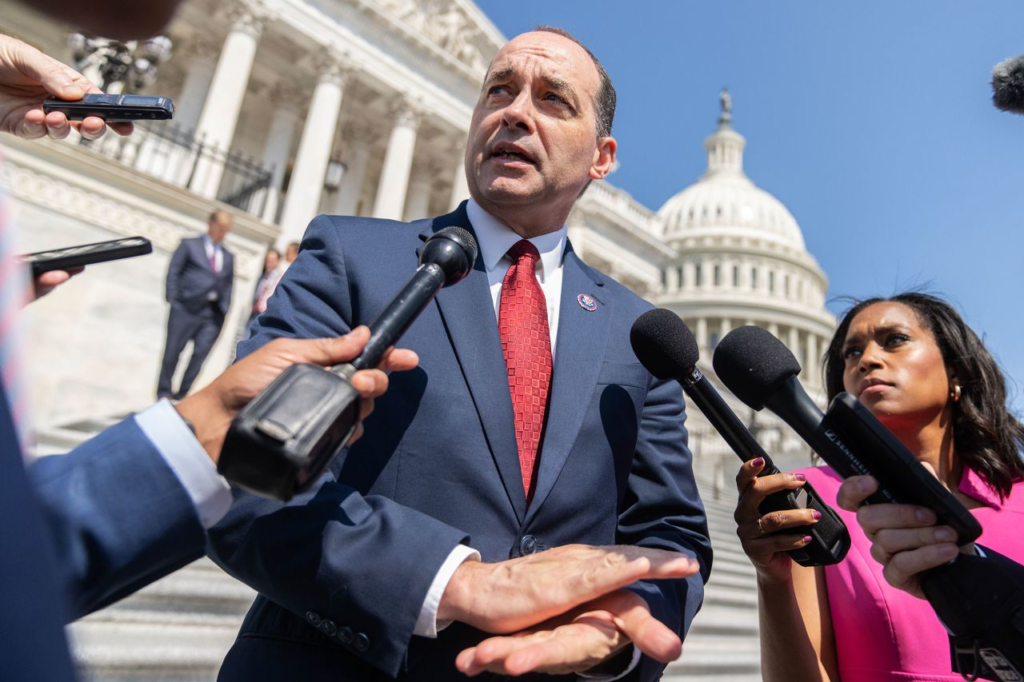The U.S. Congress is once again embroiled in a heated debate over raising the debt ceiling, a recurring issue that has significant implications for the economy and government operations. The debt ceiling, a statutory limit on the amount of money the federal government can borrow to meet its financial obligations, has become a contentious political battleground, with both parties struggling to reach an agreement.

What is the Debt Ceiling?
The debt ceiling is a cap set by Congress on the total amount of debt the federal government can incur. This includes funding for essential programs like Social Security, Medicare, military salaries, and interest payments on the national debt. When the government reaches this limit, it can no longer issue new debt, putting its ability to meet financial obligations at risk.
Why Does the Debt Ceiling Matter?
Failure to raise the debt ceiling can result in the U.S. government defaulting on its obligations for the first time in history. This would trigger a cascade of negative consequences, including:
- Market Turmoil: A default could shake investor confidence, leading to a drop in the stock market and increased borrowing costs for the U.S. government.
- Economic Slowdown: A prolonged stalemate could hurt consumer and business confidence, slowing down economic growth.
- Essential Services Disruption: Without an agreement, non-essential government services may shut down, affecting millions of Americans.
The Current Stalemate
The latest debate centers on how to balance raising the debt ceiling with demands for fiscal responsibility. Republicans, who control the House of Representatives, are calling for significant spending cuts and budget reforms as a condition for their support. Meanwhile, Democrats argue that raising the debt ceiling is about honoring already incurred debts and not a negotiation tool for new policy demands.
- Republican Stance: Advocating for reduced government spending, particularly in discretionary programs, and pushing for reforms in entitlement programs like Medicare and Medicaid.
- Democratic Stance: Urging a clean debt ceiling increase without additional policy riders, warning that delays could lead to severe economic consequences.
What’s at Stake?
A government shutdown is a looming threat if Congress fails to resolve the impasse. During a shutdown, federal employees face furloughs, national parks and museums close, and services such as tax processing and passport issuance slow down. For the broader economy, even the threat of default can cause credit rating downgrades, as seen during the 2011 debt ceiling crisis.
Public Opinion and Pressure
Public sentiment remains divided, with many Americans expressing frustration over political gridlock. Business leaders, economists, and international stakeholders have called for a swift resolution, emphasizing the global ramifications of a U.S. default.
Potential Outcomes
Several scenarios could play out:
- Bipartisan Agreement: Congress could reach a last-minute deal, likely involving compromises on spending and reforms.
- Short-Term Fix: A temporary extension of the debt ceiling to buy more time for negotiations.
- Default: A worst-case scenario that experts warn would lead to economic calamity.
Conclusion
The debt ceiling debate is a stark reminder of the complexities of U.S. fiscal policy and the interplay of political ideologies. As the deadline looms, all eyes are on Congress to prevent a crisis that could have far-reaching consequences for the U.S. economy and global markets.
For now, the stakes remain high, and the resolution—or lack thereof—will have a profound impact on the nation’s financial stability.